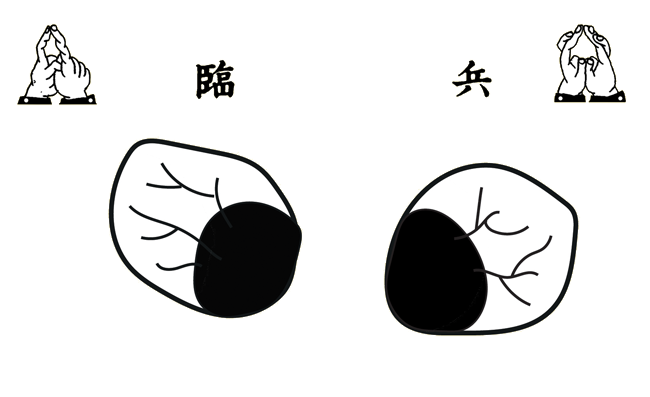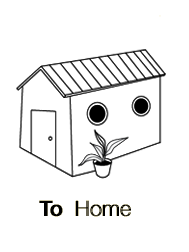The Looty
A lion and a marmoset fell in love. However, the size of the lion was too big, so the lion prayed to the Buddha for help. Buddha decided to turn it into the size of a marmoset and made it become the ancestor of Pekingese. The name of this work is derived from a Pekingese which was plundered to the West by the British-French alliance after the Opium War. The dog’s real name was nowhere to find; nevertheless, the British royal family gave it a new name, Looty, which precisely reflected its contradictory political roles: being a plundered loot and a survivor in a disaster at the same time. The work The Looty turns the image of Looty into a non-fungible token for remembering this event and also rethinking how new technology can change the forms of collections and visual narrative communication.
Still image of The Looty © Musquiqui Chihying
Installation view of The Vitrine © LIUSA WANG Gallery










Leonie_Hugendubel.jpg)
_2.jpg)






















